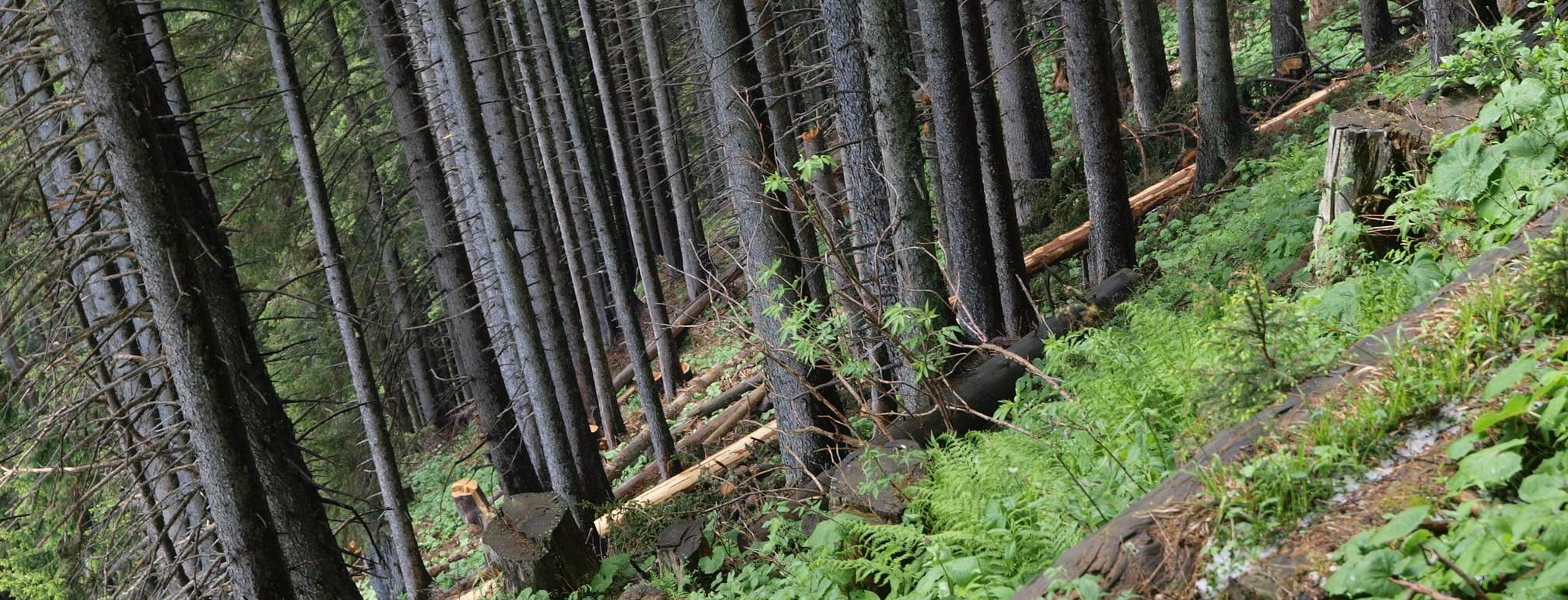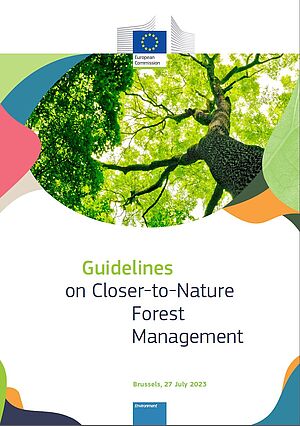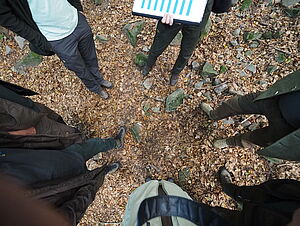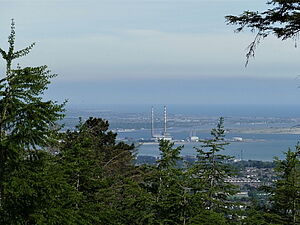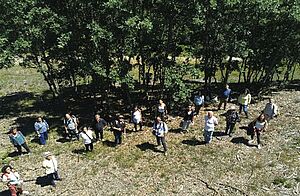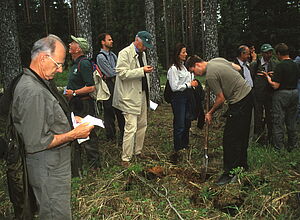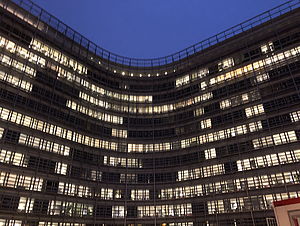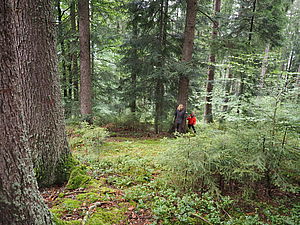Essential elements of the protective function are:
- Protection or restoration of the natural soil fertility and soil structure (soil protection)
- Protection of natural forest types (biotope protection)
- Protection of typical and rare or endangered species for the specific site conditions (species protection)
- Protection against erosion (erosion protection)
- Protection and cleaning of water (water protection)
- Protection or improvement of the forest microclimate and its impact on surrounding landscape (local and regional climate protection)
- Maintenance and improvement of carbon storage (world climate protection); PRO SILVA management leads to the production of a proportionally higher volume of large-dimension timber of high quality, which after transformation, produces wood products such as roofing material, framing, flooring, and furniture products, thereby lengthening substantially the life cycle of stored carbon, as well as energy saving through the substitution of energy-intensive non-renewable construction materials. Moreover, continuous forest canopy cover facilitates a well-balanced mineralisation of humus, thereby reducing soil CO2 emissions.
- Protection or improvement of air quality (emission protection)
- Protection against excessive noise (noise protection)
- Concealment of visually disturbing elements in the landscape (visual protection).
Most elements of the protective function are, at the same time, an integral part of the conservation function of forest ecosystems. They cannot be considered or dealt with separately.

